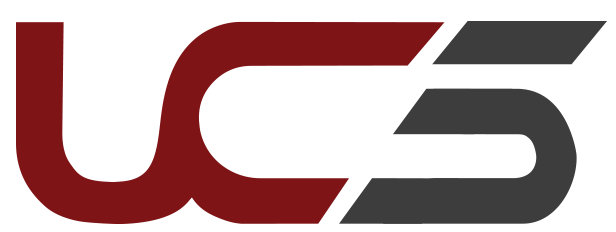ISO Certification
We need people to help our business reach superior goals, set new directions, challenge thinking, execute the plan and work together to be at our best. However, we, the people who make up the backbone of businesses around the globe, are also responsible for the major dysfunctions and roadblocks.
In his book Good to Great, Jim Collins explains how organizations switch from being good to great companies (and maintain being great), and how most organizations struggle to make this switch. Hiring great people is a vital part of the formula for success. Consisting of more than 20 people, the research team studied 6,000 articles, generated more than 2,000 pages of interview transcripts and created 384 megabytes of computer data in a five-year project. Here’s one conclusion they uncovered about people:
“To be clear, the main point… is not just about assembling the right team – that’s nothing new. The main point is to first get the right people on the bus (and the wrong people off the bus) before you figure out where to drive it.
The Beginning of Change
How can we pass the trouble and obtain what is best out of the teams around us? Briefly, we find the right people, put them in the right seat, on the right bus, going in the right direction. Who are the right people, then? Here’s a quote from the book, “Traction” by Gino Wickman which perfectly sums it up, “The right people are the ones who share your company’s core values. They fit and thrive in your culture. They are people you enjoy being around and who make your organization a better place to be.”
Now let’s brace that belief with Section 7 of ISO 9001:2015, which peers into the requirements of the people needed in the organization to implement the quality management system (QMS) and the operation of control of its processes successfully. Section 7.1.2 specifically states that.
One Step Back, Two Steps Forward
We need to determine the right structure for our organization first – we need to identify all the essential functions and roles required to achieve long-term success. Therefore, we forego the idea of who is in the seat until we decide how the seat should look like. When we build up what we call an Accountability Chart that starts with defining the seat and then works on filling it with the right person, that’s where we get traction.
Step back – take a 30,000-foot view of the organization as a whole, decide on the structure, then layer in the concept of section 7.2 addressing competence. After all, we cannot know whom we need until we genuinely decide what we need. Once we have chosen the seat, we then decide if we have got people that GWC the seat – that’s people who Get it, Want it, and have the capacity to do it.
If they do GWC the seat, we can move on to ISO 9001:2015, 7.2.2 Competency, Awareness and Training, which specifies that we ensure our people are competent. This is, obviously, a demonstration of skills and knowledge and an ongoing training strategy. Success in any assignment stems from defining what constitutes competency for a role, evaluating the assigned staff and, providing the necessary actions – including training in whatever form – and re-evaluating for competency to ensure that the actions taken are “right”.
The Art of Communication
George Bernard Shaw once said, “The single biggest problem in communication is the illusion that it has taken place.” So real! Let’s finish by tackling section 7.4 – Communication in the ISO 9001 Quality Management System (QMS) standard:
“The organization shall determine the internal and external communications relevant to the quality management system…”
While we are actually targeting the specifics of the QMS here, we can take a more inclusive approach and defy ourselves to communicate effectively from top to bottom about the appropriateness of our team member’s position in the organization, and how it relates to the QMS and to the overall vision. When an employee understands accurately how they play a part in the big picture, it motivates and engages them, gives them a sense of purpose and direction and helps them see the value of their role. Employees tend to go home happier, healthier and more inspired to help the organization accomplish the vision, and energized about coming back into the office every day.
To sum up briefly, if we take the time to determine the structure required to take our organization to the next level, then ask if the people in the seats of our organization GWC the seat (get it, want it, and have the capacity to do it) we will quickly figure out if we have the right people in the right seats. And when we do… the game starts!
To learn more, connect with us through our website or through email.


